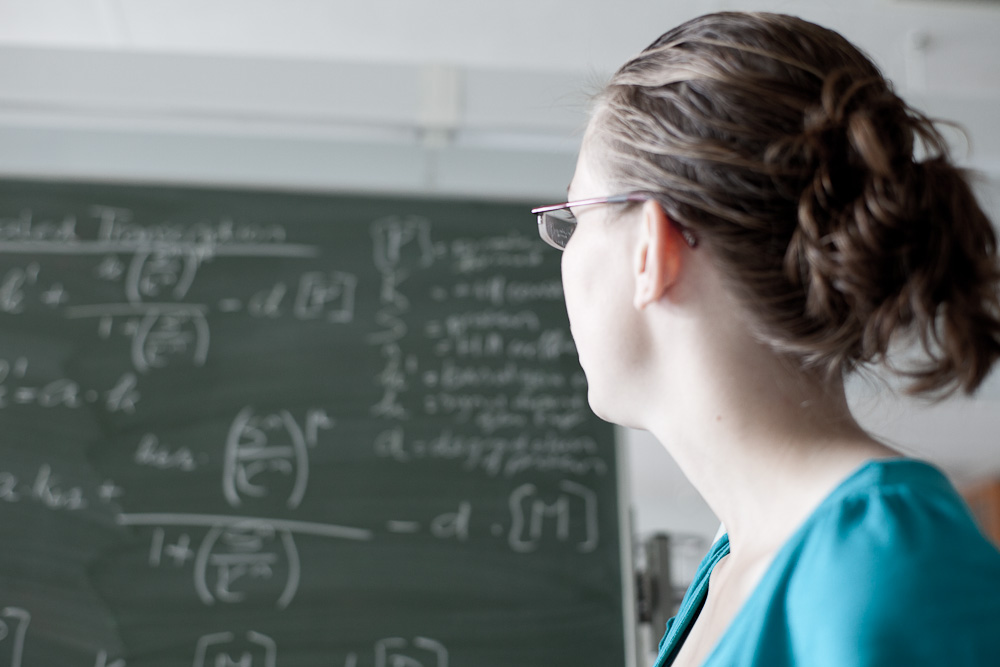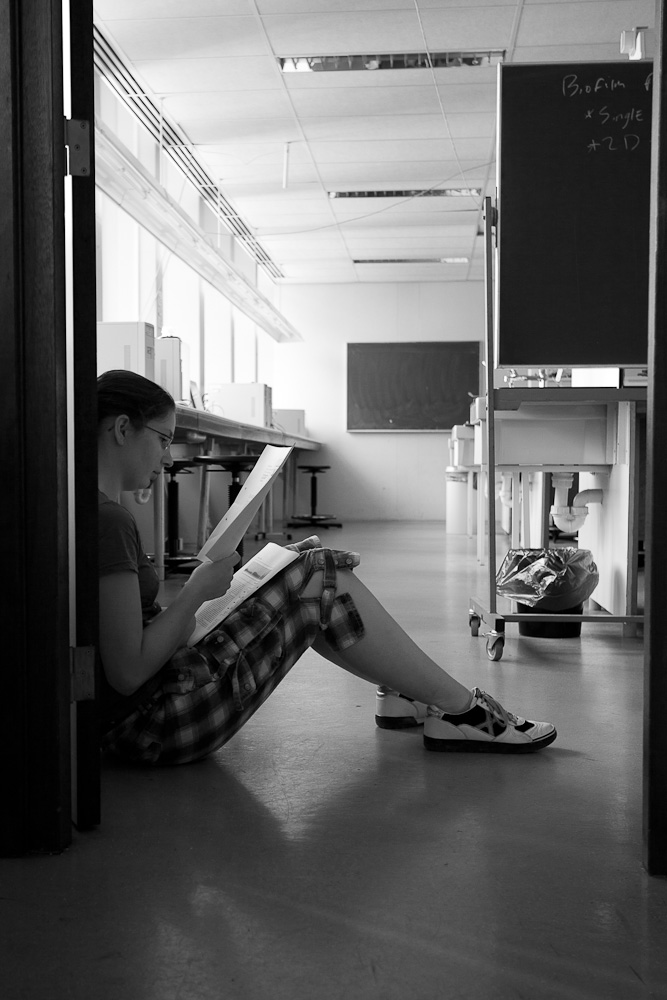Team:Groningen/Modeling
From 2010.igem.org
(→Modeling) |
(→Modeling) |
||
| Line 15: | Line 15: | ||
Finally we wrote an [https://2010.igem.org/Team:Groningen#/info_standard information standard] which hopefully provides more and easier searchable information for the partsregistry. | Finally we wrote an [https://2010.igem.org/Team:Groningen#/info_standard information standard] which hopefully provides more and easier searchable information for the partsregistry. | ||
| + | |||
[[Image:Djoke_model.jpg |left|400px|]][[Image:Laura model.jpg|middle|500px|]] | [[Image:Djoke_model.jpg |left|400px|]][[Image:Laura model.jpg|middle|500px|]] | ||
Revision as of 12:02, 27 October 2010
Modeling
Modeling in iGEM
In biology there are lots phenomena which can be modeled in mathematics. A model is an simplification of the reality. They are often used to explain how things work. When a model is made for a biological process, you can predict the outcome of what will probably happen when you do it in practice.
Our modeling goals
When it became clear that our project involved biofilms, we looked into models that describe biofilm formation. We found that such models existed and visited an expert on biofilm models in Delft. After this visit, it became clear that although these models are pretty mathematical, we could make a simple model with biofilm formation and diffusion.
We modeled gene expression of our hydrofobic proteins. The modelers were actually the ones who discovered the qurom sensing pathway used in our project when looking in the partsregistry. The Com XPA system has since then been studied and we found that the biological pathways involved are far more complex than our model could describe. We therefore chose to model how the ComXPA system could activate the expression of our proteins.
We also looked into killswitch mechanisms because the applications of our biofilm in for example anti-fouling coatings are outside the lab. Since most GMO's are not allowed to leave the lab alive, it would be nice to kill our bacteria after they formed a biofilm with our hydrofobic proteins. Therefore we modeled a simple toxin anti-toxin killswitch mechanism.
Finally we wrote an information standard which hopefully provides more and easier searchable information for the partsregistry.

 "
"
